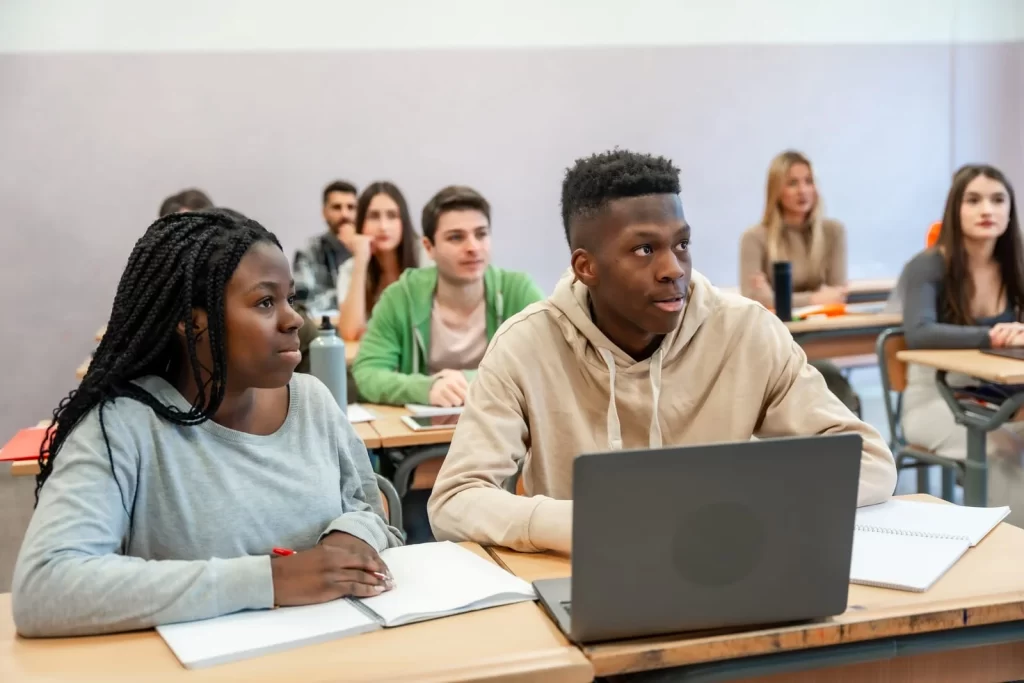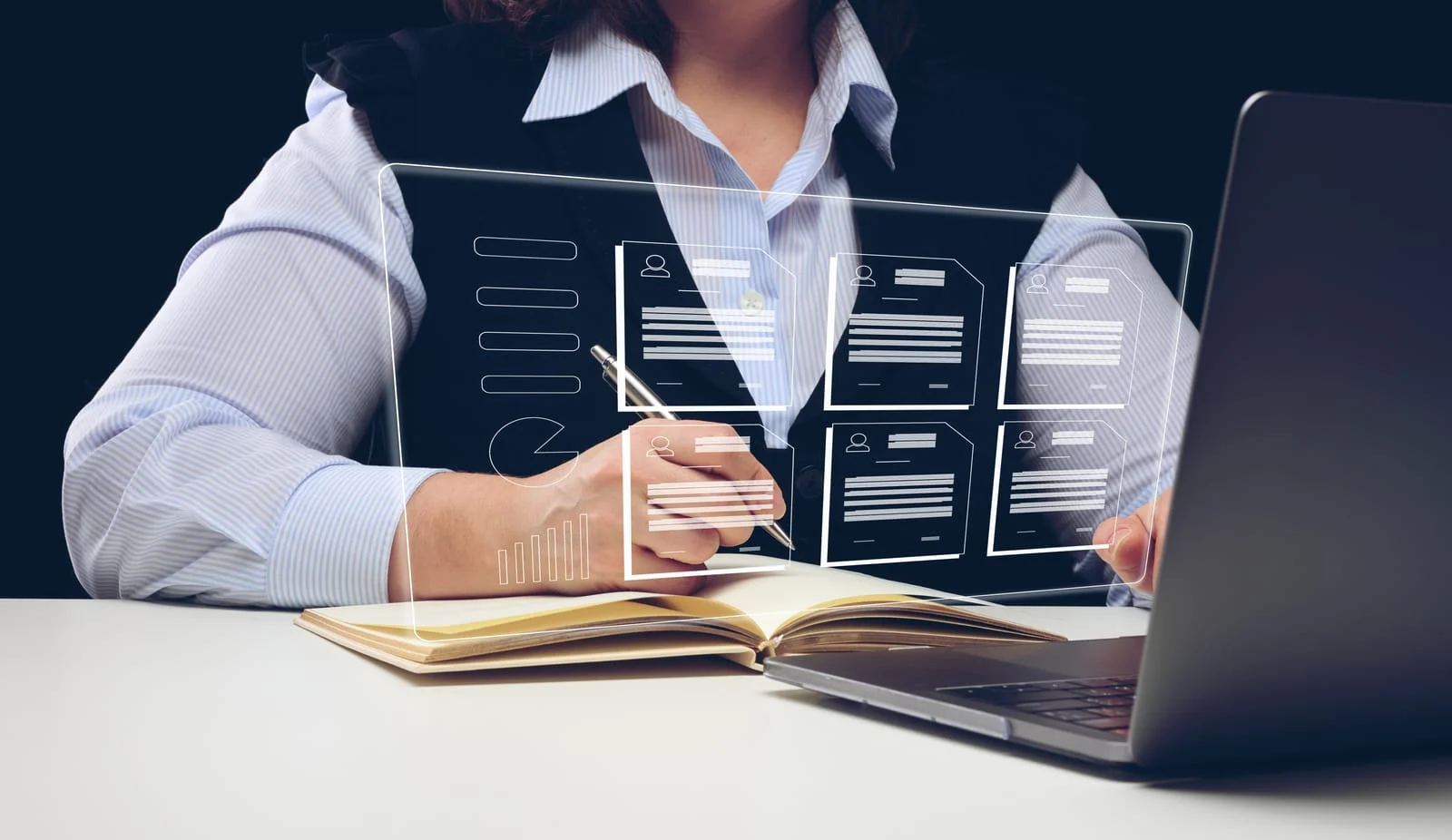The UAE’s education system is evolving quickly, with technology playing an ever-larger role in how students learn. Schools across the country are adopting new teaching methods to keep pace with global trends and prepare students for the demands of the future. One such method gaining popularity is blended learning. This approach combines traditional face-to-face classroom instruction with online digital learning activities, offering a more flexible and engaging way to learn.
This article provides a detailed, practical guide for UAE schools on implementing effective blended learning strategies. It covers the basics of blended learning, assesses readiness, explores key techniques, discusses planning and teacher training, highlights engagement with students and parents, and reviews essential technologies.
The Increasing Role of Technology in UAE Education
Technology has become a cornerstone of modern education worldwide, and the UAE is no exception. National initiatives and investments have driven widespread availability of digital tools in schools. These resources open up new possibilities for teaching and learning, enabling more personalized, interactive, and accessible education.
The COVID-19 pandemic accelerated the adoption of online learning platforms, highlighting the need for models that combine in-person and remote instruction. Blended learning has emerged as a natural fit, allowing schools to capitalize on digital resources while preserving the benefits of face-to-face interaction.
Blended learning provides the flexibility to customize instruction to individual student needs and schedules. It supports different learning styles, making education more inclusive and engaging. In UAE schools, it is becoming a preferred approach for delivering curriculum content and assessing student progress.
Understanding Blended Learning: Definition, Meaning, and Importance
Before implementing blended learning, it is important to understand what it means. The blended learning definition generally refers to an educational model where traditional classroom instruction is combined with online digital media and activities. This approach allows students to learn partially through technology-supported methods and partially through direct teacher interaction.
The blended learning meaning can vary, but the core idea is that neither online nor in-person learning stands alone. Instead, they complement each other, offering a more comprehensive educational experience. This combination provides the benefits of technology, such as flexibility, accessibility, and interactivity, while maintaining personal support, collaboration, and immediate feedback from teachers.
In the UAE context, it is important because it helps schools meet diverse learner needs, integrate advanced technologies, and prepare students for a digital future. It also aligns with national education goals that emphasize innovation, quality, and lifelong learning.
Assessing Readiness for Blended Learning in UAE Schools
Successful implementation of blended learning depends on a clear understanding of readiness in multiple areas.
- Technological infrastructure is fundamental. Schools need reliable internet access, sufficient devices, and secure digital platforms. Without these, it cannot function effectively.
- Teacher readiness is equally important. Educators must be comfortable using technology and skilled in blended learning pedagogy. This includes designing lessons that integrate online and offline activities and managing student progress across both settings.
- Student readiness involves developing digital literacy and self-directed learning habits. Students must know how to navigate online platforms, manage their time, and take responsibility for learning beyond the classroom.
Conducting a readiness assessment allows schools to identify gaps and address challenges before launching blended learning programs.

Key Blended Learning Techniques to Implement
Several blended learning techniques have proven effective in various school settings. UAE schools can choose or combine these approaches based on their goals and context.
Flipped Classroom Models
The flipped classroom reverses the traditional teaching model. Students first access instructional content online at home—through videos, readings, or interactive modules—and then use classroom time for discussions, exercises, and personalized support. This method fosters active learning and allows teachers to focus on higher-order thinking activities during class.
Rotation Models
Rotation models organize learning into distinct stations or segments where students rotate through different modes of instruction. These include:
- Station Rotation: Students rotate between online learning stations and face-to-face instruction within the classroom.
- Lab Rotation: Students spend designated time in a computer lab for digital learning and attend regular classes for traditional instruction.
- Individual Rotation: Each student follows a customized rotation schedule that suits their learning needs.
Rotation models provide variety and help teachers manage blended learning in structured ways.
Flex Model
In the flex model, online learning is the primary delivery mode, with teachers providing support as needed. Students progress at their own pace, with face-to-face interaction focusing on guidance, remediation, or enrichment. This model works well for self-motivated learners and supports personalized learning paths.
Developing a Strategic Implementation Plan
Implementing blended learning requires careful planning and coordination.
Setting Clear Goals Aligned with Curriculum and Ministry Guidelines
Schools should define specific objectives for it that align with the UAE Ministry of Education standards and curriculum goals. Clear goals help measure success and guide decisions about tools, training, and content.
Designing Curriculum and Lesson Plans: Integrating Blended Components
Curriculum development must integrate online and offline elements seamlessly. Lesson plans should specify which activities happen online, which occur in class, and how they complement each other. Balancing technology use without overwhelming students or teachers is important.
Creating Timelines and Milestones for Phased Rollout
A phased approach allows schools to pilot blended learning with select classes or grades, gather feedback, and refine before scaling up. Timelines with clear milestones keep implementation on track and allow flexibility to adapt.
Budgeting for Technology and Training
Implementing it involves costs for hardware, software licenses, infrastructure upgrades, and staff development. Schools should budget realistically, exploring government support programs and partnerships if needed.
Training and Supporting Educators
Teachers are central to blended learning success.
- Professional Development: Ongoing training equips teachers with skills to use technology effectively and adopt blended learning pedagogy. Training should be practical, hands-on, and responsive to teacher needs.
- Technical and Instructional Support: Access to technical support ensures that teachers can resolve issues quickly. Instructional coaches or mentors can help teachers integrate it into their practice and share best practices.
Encouraging Collaboration and Sharing: Creating opportunities for teachers to collaborate fosters a community of practice. Peer support and idea sharing help spread innovative blended learning techniques.
Engaging Students and Parents
Preparing Students for Blended Learning
Teaching students digital literacy and self-management skills prepares them to take advantage of it. Orientation sessions and ongoing guidance help students navigate platforms and balance independent and classroom work.
Communicating with Parents
Parents play a critical role. Clear communication about blended learning benefits and expectations helps build support and encourages parental involvement. Schools can offer workshops or resources to help parents understand new learning methods.
Encouraging Parental Feedback
Regular feedback from parents provides insights that help schools refine blended learning strategies and address concerns.

Technology and Tools for Blended Learning in UAE Schools
Selecting appropriate technology is key.
- Digital Platforms and Learning Management Systems: Platforms such as Google Classroom, Microsoft Teams, and Moodle provide centralized access to content, assignments, and communication tools. These LMSs support it by streamlining delivery and tracking.
- Content Creation, Assessment, and Collaboration Tools: Teachers use multimedia tools to create engaging lessons. Assessment apps allow for quizzes with instant feedback, while collaboration tools enable group work both online and offline.
- Cybersecurity and Data Privacy Compliance: Given UAE regulations, schools must ensure data security and privacy protections when using digital tools. Compliance builds trust and safeguards students’ information.
Conclusion
Blended learning offers UAE schools an effective way to combine the strengths of traditional and digital instruction. A successful rollout requires thoughtful curriculum integration, strategic planning, comprehensive teacher training, and active student and parent engagement.
Educational leaders should invest in blended learning as a sustainable method to enhance student engagement, personalize learning, and prepare students for the digital future. With proper implementation, it can become a cornerstone of quality education in the UAE.


